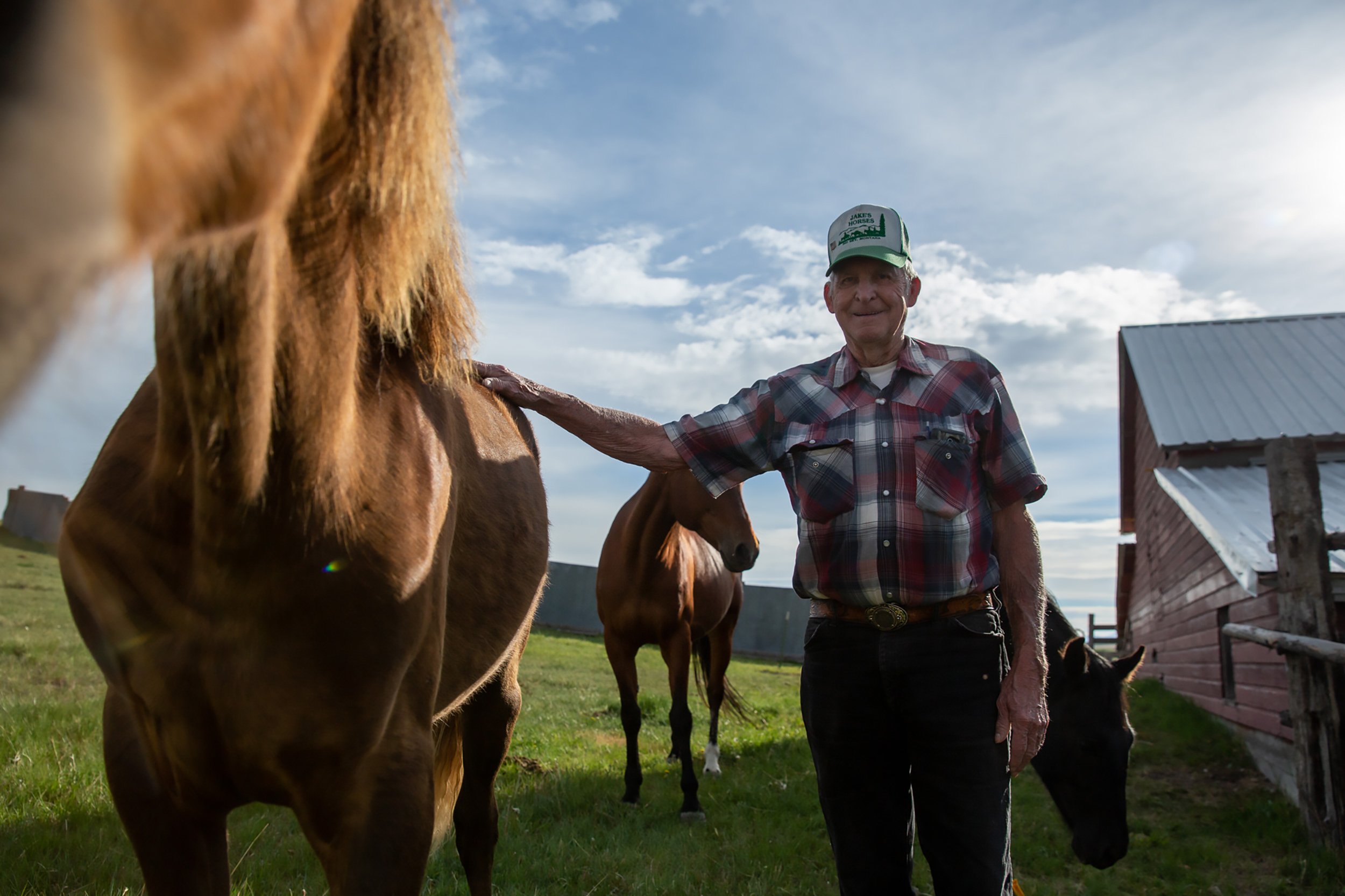
CONSERVATION FOCUS AREAS
Strategically Protecting Key Natural Resources
Since 1990, we have partnered with families to forever conserve more than 74,000 acres in southwest Montana—more than 100 square miles.
Looking ahead, our goals are ever more ambitious. In the face of unprecedented growth and rapid land conversion, we seek to triple our pace of conservation in the next five years—focusing on lands and projects with the highest community and conservation benefits. In our growing community, we acknowledge that development can and should happen in suitable areas. That’s why our strategy is to use the best scientific data to identify and prioritize conservation projects adjacent to other protected or public lands with:
High agricultural productivity
Scenic open views
Critical wildlife habitat
Rivers and streams
Our 30-Year Vision
In 30 years, we will have conserved an additional 100,000 acres of the most critically important and threatened open land throughout Montana’s Greater Yellowstone region, in Gallatin, Park, and Madison Counties.
Our Three-County Service Area

Gallatin County
Learn about our specific focus areas in Gallatin County:
AMSTERDAM/CHURCHILL
Part of what makes southwest Montana so unique is our rich agricultural heritage. The Amsterdam and Churchill communities west of Bozeman are a prime example. Many of the families in this area have been farming their land for generations. The soil is incredibly productive and has been identified as some of the best in the entire state. We believe the farmers’ way of life and the bounty they grow are worth protecting.
GOOCH HILL
The landowners in Gooch Hill have been farming these prime soils on the bench just east of Gallatin Gateway for generations. The panoramic views are breathtaking for the road biker and back-road driver, alike. A more recent area of focus, GVLT and landowners have partnered to conserve key puzzle pieces and the momentum is building.
GALLATIN & EAST GALLATIN RIVER CORRIDORS
Increased development along our rivers can impact the water quality needed for native species to thrive. Conserving river corridors safeguards our clean water, protects habitat, and preserves blue-ribbon fishing for the future.
BOZEMAN PASS
This ecologically diverse area serves as a key linkage for wildlife to move safely between Yellowstone and Glacier National Park. New conservation projects in this area will build on more than 30 years of success and keep the landscape open for our region’s most iconic and threatened wildlife.

Park County
Home to historic ranches, rich wildlife habitat, wild rivers, and the northern entrance of Yellowstone National Park, the rural character of Park County inspires locals and visitors alike. And these treasured open spaces are at risk. GVLT has been partnering with landowners in Park County to conserve this iconic landscape since 1995. In response to growing interest from Park County landowners, conservation partners, and community members, we have doubled down on our commitment to create a lasting conservation impact from the headwaters of the Shields River to the northern gateway of Yellowstone National Park with the creation of our Northern Yellowstone Open Lands initiative. Rooted in GVLT’s proven expertise, Northern Yellowstone Open Lands brings a renewed, place-based focus to conservation in this unique and increasingly threatened landscape.

Madison County
Large elk herds still roam freely in the Madison Valley thanks to years of conservation work. The Madison River still provides some of the best fishing in the state. However, Madison County’s open lands and waterways are also threatened by rapid development. In fact, the county lost more open space to housing than any other county in the state, except for Gallatin County, between 2000 and 2021, according to Headwater Economics. Major rivers and tributaries and breathtaking mountain ranges, including the Madison, Ruby, Snowcrest, Gravelly, and Tobacco Roots, provide critical wildlife habitat, clean water, and scenic vistas. Home to many working farms and ranches, the county also has a strong agricultural heritage.
